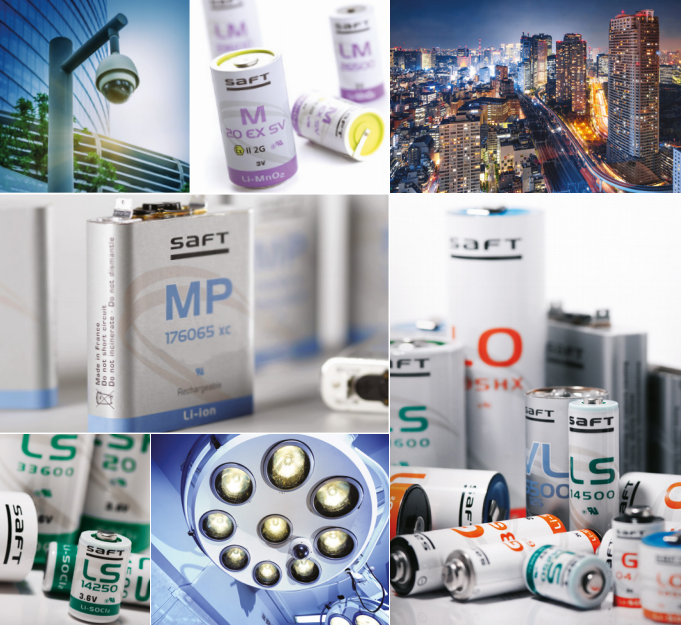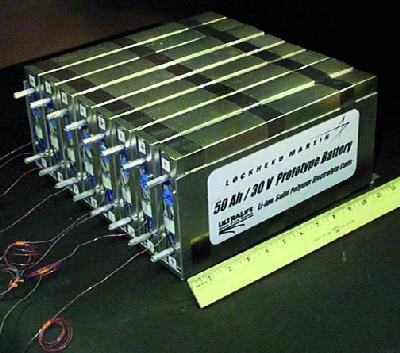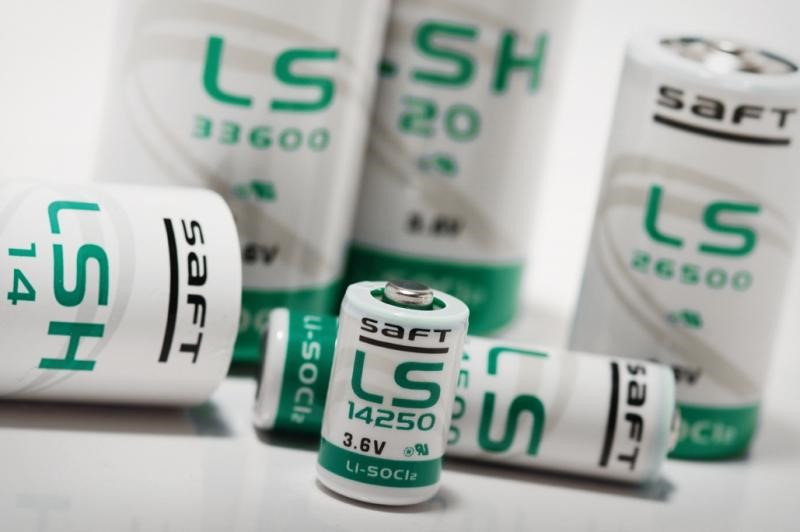Industrial batteries. Features Summary.
Chapter 4 – Lithium Ion cells construction type
Note:
To read Chapter 1, please visit: https://www.norwatt.es/noticia-industrial-batteries--features-summary---chapter-1---acronyms-es.html
To read Chapter 2, please visit: https://www.norwatt.es/noticia-industrial-batteries--features-summary--chapter-2---industrial-battery-types-es.html
To read Chapter 3, please visit: https://www.norwatt.es/noticia-industrial-batteries--chapter-3-part-1-2--lithium-ion-battery-types-es.html
___________________________________________________________
Lithium ion batteries are available in rigid cylindrical and prismatic constructions with stainless steel####poly coated aluminium cell housing or pouch cells (sometimes called “lithium polymer”)

4.1 Pouch cell
Pouch cells are prismatic cells with flexible polymer coated aluminium packaging instead of a metal can, generally with a gel electrolyte technology.
Rather than using a metallic cylinder and glass-to-metal electrical feed-through for insulation, conductive foil tabs welded to the electrode and sealed to the pouch carry the positive and negative terminals to the outside.

Main advantages:
Main disadvantages:
Popular sizes:
No one, each manufacturer uses its own size.
4.2 Cylindrical cell
Cylindrical cells are the most common cell type in use today. This design allows for better automation processes and techniques that increase consistency and lower cost. The tubular cylinder can withstand high internal pressures without deforming.

Main advantages:
Main disadvantages:
Typical applications for the cylindrical cell are power tools, medical instruments, laptops and e-bikes.
Popular sizes:
Available at Norwatt WebSite, please check:
https://www.norwatt.es/productos/baterias-y-accesorios-pilas-saft-primary-lithium-batteries-es.html
4.3 Prismatic cell
For greater stability, the prismatic cell is enclosed in aluminum or steel. Jelled or stacked, the cell saves space but can be more expensive to manufacture than the cylindrical cell. Modern prismatic cells are used in the electric powertrain and energy storage systems.
Prismatic cells have gained popularity because their large capacity and prismatic shape that make it easy to connect cells together and create a battery pack.

Main advantages:
Main disadvantages:
Available at Norwatt WebSite, please check:
Coming soon… Chapter 5 – Battery management system - BMS, BTMS
LinkedIn:
Rodrigo Suárez - CEO: https://es.linkedin.com/in/rodrigo-suarez-cueto-05ab9357
NORWATT SL:https://cl.linkedin.com/company/norwatt-sl